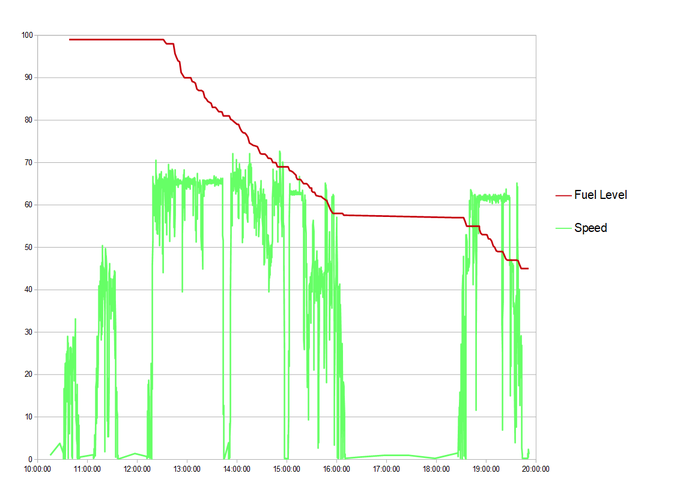I find myself soon to be the owner of an RV (motor home), which will be stored off-site.
I would like to do some simple remote monitoring, including temperature and humidity, battery voltage and various alarm contact-closeures. To this end, an IoT over cell seems like it would be the best approach.
What I have in mind is a micro to squirt out info to a cell modem. AT&T has an unlimited data program for $60/year which seems reasonable.
Has anybody here done this? Recommendations for cell modems and providers?
I would like to do some simple remote monitoring, including temperature and humidity, battery voltage and various alarm contact-closeures. To this end, an IoT over cell seems like it would be the best approach.
What I have in mind is a micro to squirt out info to a cell modem. AT&T has an unlimited data program for $60/year which seems reasonable.
Has anybody here done this? Recommendations for cell modems and providers?





